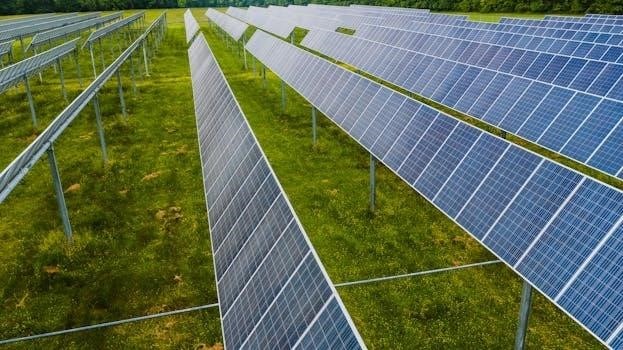
solar panel wiring diagram pdf
Understanding solar panel wiring diagrams is crucial for successful solar energy projects. These diagrams illustrate how solar panels are connected, showing configurations involving batteries, inverters, and charge controllers. They provide a visual guide for safe and efficient system installation, ensuring optimal performance.
Importance of Understanding Wiring Diagrams
Comprehending solar panel wiring diagrams is paramount for anyone venturing into solar energy systems, whether for a small residential setup or a larger commercial installation. These diagrams serve as the blueprint for connecting various components, including solar panels, charge controllers, batteries, and inverters, ensuring they work harmoniously. A clear understanding minimizes the risks of incorrect wiring, which can lead to system inefficiencies, damage to equipment, or even hazardous situations. Proper wiring, guided by accurate diagrams, maximizes the energy output and extends the lifespan of the entire solar system. Furthermore, it is essential for troubleshooting, allowing for quicker identification and resolution of issues that may arise during operation. Wiring diagrams also facilitate proper maintenance and future modifications. Therefore, a solid grasp of these diagrams is not just beneficial but a fundamental requirement for safe and optimal solar power generation and usage.
Common Types of Solar Panel Wiring
Solar panel systems predominantly utilize three main wiring configurations⁚ series, parallel, and series-parallel. Series wiring involves connecting panels end-to-end, increasing the overall voltage while maintaining the same current. Parallel wiring, on the other hand, connects panels side-by-side, increasing the current while maintaining the same voltage. Understanding the characteristics of each configuration is crucial for designing a system that meets specific energy needs. The choice between series and parallel depends on the desired voltage and current for the application. Series-parallel wiring combines both methods, allowing for a balance between voltage and current and offering more flexibility in system design. Each wiring type has unique advantages and disadvantages, and the selection depends on the specific requirements of the solar installation, such as the voltage needs of the inverter or the charge controller. Careful consideration of these common types is essential for efficient and effective solar energy production.
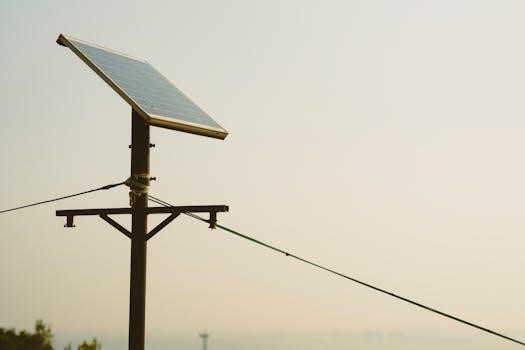
Series Wiring of Solar Panels
Series wiring connects solar panels end-to-end. This configuration increases the total voltage while keeping the current the same. It’s crucial for systems requiring higher voltage inputs to function correctly, such as some inverters.
How Series Wiring Increases Voltage
In a series wiring configuration, solar panels are connected in a chain, with the positive terminal of one panel connected to the negative terminal of the next. This arrangement causes the voltages of each panel to add up, resulting in a higher overall voltage for the string. It’s similar to connecting batteries in series, where the total voltage is the sum of the individual battery voltages. For example, if you have three 12-volt solar panels connected in series, the resulting voltage will be 36 volts; This increase in voltage is crucial for many inverters and charge controllers that require a specific voltage input to operate efficiently. The current, however, remains the same as the current of a single panel, this is important to note. Understanding this voltage increase is fundamental to designing a solar system that meets the requirements of the other electrical components within the system. It is a vital part of overall solar system planning and execution.
Diagram Example of Series Connection
Imagine a simple series connection diagram. You’ll see a series of solar panels, each represented by a rectangle with a positive (+) and negative (-) terminal. A line connects the positive terminal of the first panel to the negative terminal of the second. This connection continues from the second to the third, and so forth, until the last panel. The final negative terminal of the first panel and the positive terminal of the last panel become the output for the series string. This output will then connect to either a charge controller or a combiner box. Visually, the panels are in a single line. Arrows may indicate the direction of current flow which is also in the same line. The diagram clearly demonstrates the simple, yet effective method for increasing voltage, each panel contributing to the overall voltage. This diagram emphasizes the basic concept of series wiring.

Parallel Wiring of Solar Panels
Parallel wiring in solar systems involves connecting all positive terminals together and all negative terminals together. This method increases the overall current while maintaining the same voltage. It is a different way to connect solar panels.
How Parallel Wiring Increases Current
In a parallel wiring configuration for solar panels, the positive terminals of each panel are connected together, and the negative terminals are connected together. This arrangement contrasts with series wiring, where panels are connected end-to-end. The key effect of this parallel connection is that it increases the total current output of the system. When panels are wired in parallel, the voltage remains the same as a single panel, but the amperage generated by each panel adds together. This is because the electrons have multiple paths to flow through, effectively increasing the overall flow of current. For instance, if you have two panels each producing 5 amps, in parallel, the system will yield 10 amps at the same voltage as a single panel. This characteristic of parallel wiring is essential when you need a higher current to charge batteries or power devices that require significant amperage at a lower voltage. This is often used in off-grid systems to maximize energy harvest.
Diagram Example of Parallel Connection
A typical diagram for a parallel solar panel connection will visually represent multiple solar panels. Each panel will have a positive (+) and a negative (-) terminal. In the diagram, you’ll see the positive terminals of all the solar panels connected to a single wire, often marked with a red color to indicate positive polarity. Similarly, the negative terminals of all the solar panels will be connected to another wire, usually marked in black to denote negative polarity. These two main wires, the positive and the negative, extend from the parallel array to connect to a charge controller or other electrical component. The diagram will highlight that the voltage of the entire setup will be equal to the voltage of one panel, while the current will be the sum of the individual currents from each panel. This visual representation makes it easier to understand how the electrical flow is distributed and how the current increases in a parallel system. It simplifies the practical implementation of parallel wiring for your solar setup.
Series-Parallel Wiring of Solar Panels
Series-parallel wiring combines both series and parallel connections. This method is used to achieve specific voltage and current outputs. It allows for greater flexibility in system design, catering to various energy needs by connecting panels.
Combining Series and Parallel for Desired Output
The beauty of series-parallel wiring lies in its ability to fine-tune the output of a solar panel system to match specific requirements; By strategically combining series and parallel connections, installers can achieve the desired voltage and current levels needed for their application. For instance, if a system requires both a higher voltage than a single panel can provide and a higher current, series-parallel configurations are the ideal solution. This approach involves creating strings of panels connected in series to increase voltage, and then connecting these strings in parallel to increase current. This allows for a more versatile system that can be tailored to different inverters, charge controllers, and battery banks. This method is particularly useful in larger solar installations where a single wiring type may not be sufficient to meet the load demands. The flexibility of series-parallel wiring allows for optimized energy capture and efficient use of solar power, making it a key technique for advanced solar system designs.
Diagram Example of Series-Parallel Connection
Imagine a solar array where we have four solar panels, each rated at 12 volts and 5 amps. In a series-parallel configuration, we could arrange these panels into two strings, each with two panels connected in series. Within each string, the two panels are wired one after the other, so the positive terminal of the first panel connects to the negative terminal of the second. This series connection effectively doubles the voltage to 24 volts, while the current stays at 5 amps for each string. Next, the two strings are connected in parallel, where the positive terminals of each string are joined, and the negative terminals are joined. This parallel connection maintains the voltage at 24 volts but doubles the current, giving a total output of 24 volts and 10 amps for the array. This diagram demonstrates a balance of voltage and current increase, providing a useful output for a variety of applications. This arrangement is a common example of how to combine both series and parallel connections to achieve the needed electrical characteristics.
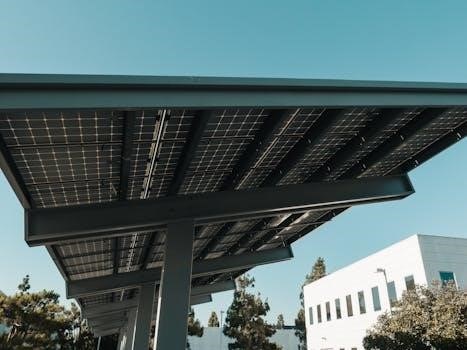
Wiring with Batteries and Charge Controllers
Integrating batteries and charge controllers into a solar system requires careful wiring. Charge controllers regulate the flow of electricity to batteries, preventing overcharging. Proper connections are crucial for system safety and longevity.
Connecting Solar Panels to Charge Controllers
Connecting solar panels to charge controllers is a critical step in any solar power system, and it’s essential to follow the wiring diagram precisely. The charge controller acts as a crucial intermediary, regulating the electrical current flowing from the solar panels to the batteries. This prevents overcharging, which can severely damage the batteries and reduce their lifespan. The positive terminal of the solar panel array should be connected to the positive input of the charge controller, and the negative terminal of the solar panel array should be connected to the negative input of the charge controller. It is vital to verify polarity to avoid damaging the controller or the panels.
The wiring diagram usually indicates the correct terminals and their polarity for a smooth connection. A good wiring diagram will also specify the correct wire gauge to handle the current. Using an inadequate wire can cause voltage drops or even overheating which can cause fire. After connecting the solar panels to the charge controller, further connections to the batteries are made. This entire sequence needs to be checked against the wiring diagram to ensure proper functioning and safety.
Wiring Batteries in a Solar System
Wiring batteries correctly in a solar system is vital for the efficient and safe storage of energy. The wiring diagram will specify if the batteries should be wired in series, parallel, or a combination of both. In a series connection, the positive terminal of one battery is connected to the negative terminal of the next, which increases the overall system voltage while maintaining the same amp-hour capacity. Parallel connection, where positive terminals are connected together and negative terminals are connected together, increases the amp-hour capacity while keeping the voltage the same.
The choice depends on the system’s voltage and storage needs as per the wiring diagram. When connecting batteries, it’s essential to use the correct wire gauge to handle the current and to ensure all connections are secure to avoid voltage drops or overheating issues. Proper wiring also includes connecting the battery bank to the charge controller, usually through a dedicated fuse or circuit breaker for added safety. Always double-check the wiring diagram and polarity before completing the connections to avoid damaging your system components.
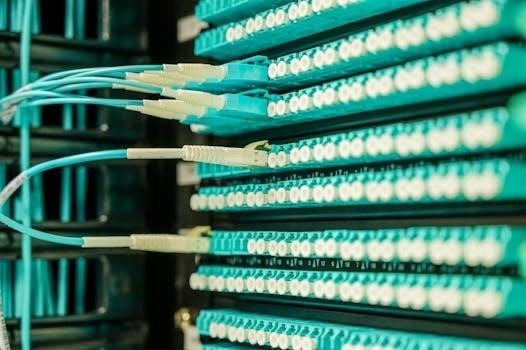
Off-Grid Solar System Wiring Examples
Off-grid solar systems require careful planning, and wiring diagrams are essential. These diagrams illustrate how solar panels connect to batteries, charge controllers, and inverters, creating a self-sufficient power system for remote locations.
Diagram Example of Off-Grid System
A typical off-grid solar system diagram shows a configuration where multiple solar panels are connected in series or parallel, depending on the desired voltage and current. The output from the solar panel array is then directed to a charge controller, which regulates the flow of electricity to a battery bank. This bank stores the generated energy for later use, especially during periods without sunlight. The diagram will also include an inverter, which converts the direct current (DC) power from the batteries into alternating current (AC) power, suitable for household appliances. The detailed wiring will show the proper gauge of wires and the placement of fuses and circuit breakers for safety. This arrangement ensures a reliable and sustainable power source, independent of the grid, for remote homes or cabins. The wiring often includes grounding for safety and surge protection devices to safeguard equipment from power spikes.
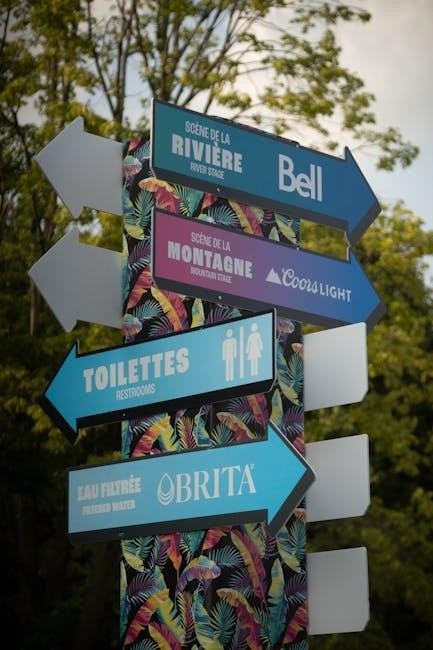

Leave a Reply
You must be logged in to post a comment.